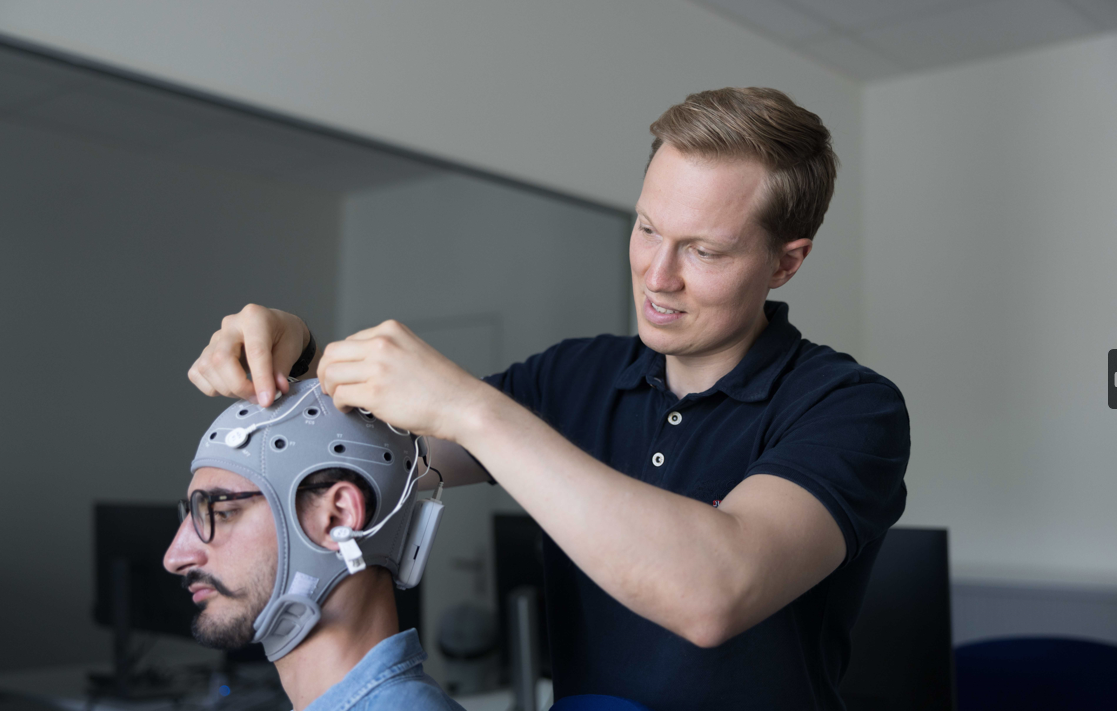

Our state-of-the-art hardware and software in addition to the experienced Lab team enable you to conduct high-quality and efficient research projects by applying neurophysiological methods.
The neurophysiological side of the lab has separate measurement and control rooms. For classical experiments without neurophysiological observations, we have a PC lab with 20 desks and a focus group room.
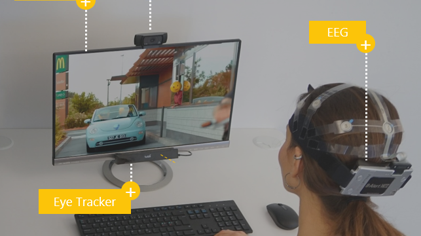
The use of neurophysiological measurements has spread to new research fields as access to measurement equipment and other resources has eased. By using neurophysiological measurements solely or in synergy with traditional self-reported data, researchers can overcome many typical biases that have been compromising their data reliability. Originating from psychology and medical research, tools and methods that we support at the Behavioral Lab’s neurophysiological side are now used in top publications throughout all disciplines relevant to the University of St. Gallen.
For the examples of top publications ask the Lab team for the updated review of FT50 articles using neurophysiological measurements.
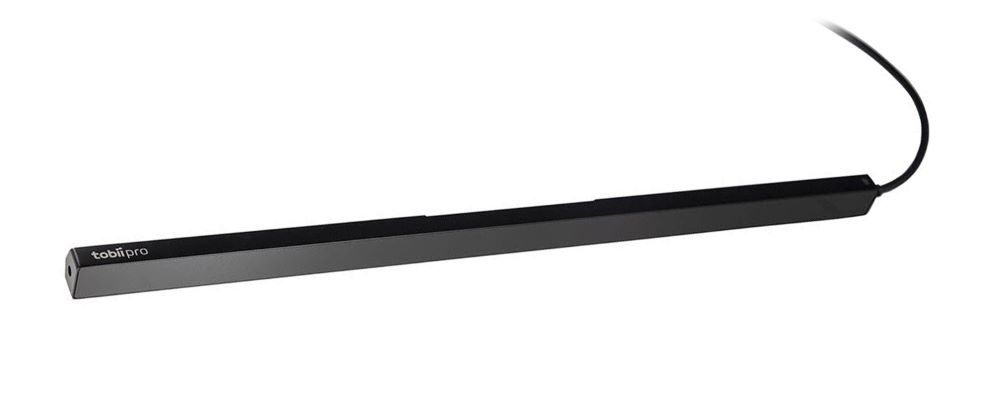
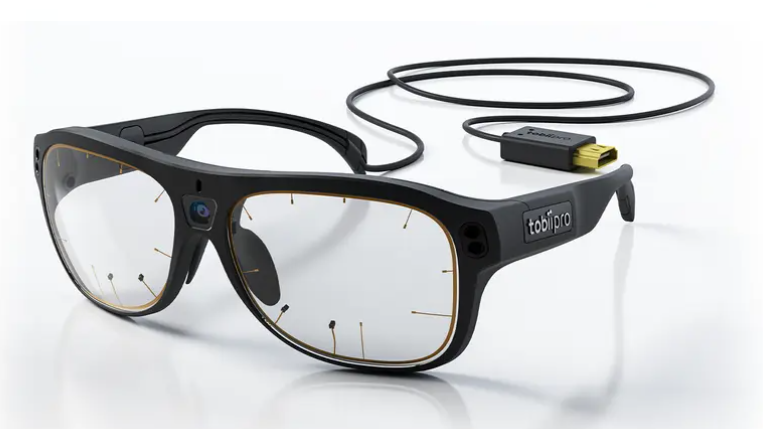
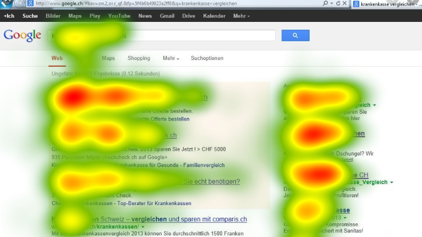
Eye-tracking technology measures eye positions and movement, which can give insight into attentional processes, group behavior comparisons, stimuli-induced visual responses, and more. Infrared cameras direct light at a participant's pupils, causing reflections that can reveal the eyes' movement and direction.
Devices :
Tobii Fusion 120Hz
Tobii Glasses 3
Varjo XR-3 (Integrated with VR/AR)
Software:
Analysis and recordings can be performed both in iMotions and the native Tobii ProLab software.
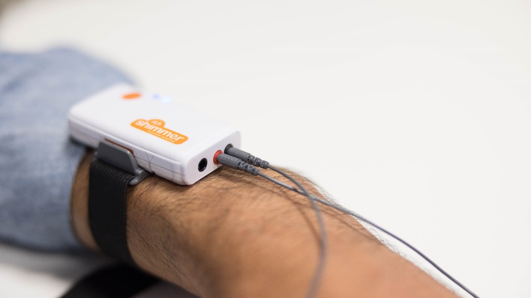
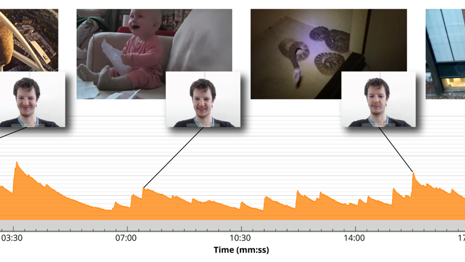
GSR, also known as Electrodermal Activity or Skin Conductance, can be used to observe arousal, interest, engagement, or stress levels - responses which are beyond our conscious control. Emotional stimulation triggers sweat glands in our palms and soles, which the GSR measures to indicate the level of perspiration on the skin's surface.
Device:
Shimmer3 GSR+
Software:
iMotions or native Shimmer software
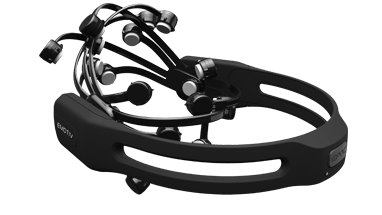
Besides its medical applications electroencephalography (EEG) can be used in a large variety of research settings relevant to the University of St.Gallen scholars. By observing electrical activity from the brain of participants we can collect reliable and objective data on mental metrics such as workload, engagement, drowsiness, or alertness.
The equipment we currently have:
Neuroelectrics Enobio 8
Emotiv Epoc X 14
Advanced Brain Monitoring’s wireless B-Alert X10
Software:
iMotions or native Emotiv / Enobio / ABM software
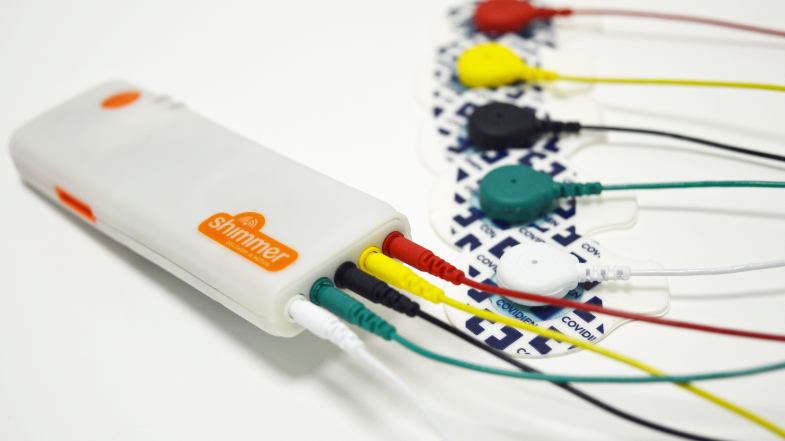
Electrocardiography (ECG) allows for the non-invasive measurement of heart rate and heart rate variability, providing critical insights into autonomic nervous system function and emotional engagement. The measurement takes place in a non-invasive way by placing electrodes on the skin near the heart area.
Devices:
Shimmer3 ECG Unit
Software:
iMotions or native Shimmer software
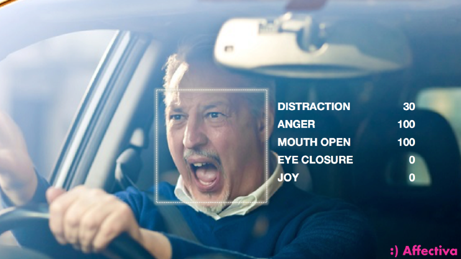
FEA measures emotions through facial expressions. The technology uses software that recognises facial features, interprets microexpressions, and aggregates them into 7 basic emotions: joy, anger, surprise, fear, contempt, sadness, and disgust. Valence describes the overall sentiment.
Devices:
Any high-resolution webcam can be used for FEA. It's also possible to post-process pre-recorded videos.
Software:
Affectiva AFFDEX via iMotions
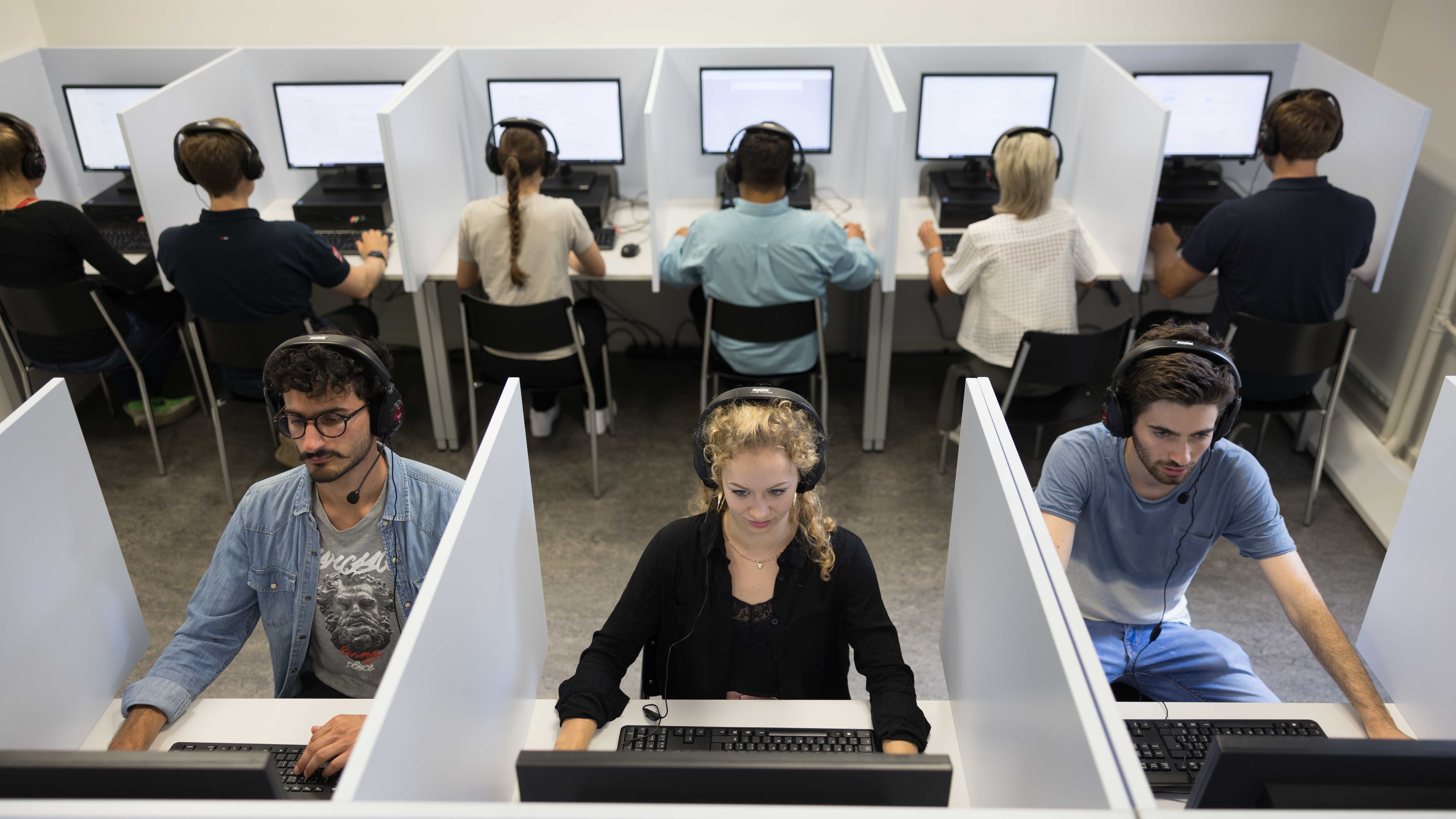
The PC Lab provides 20 computers with headsets and cubicles to avoid eye contact, suitable for controlled, computer-based experiments such as multi-player strategy games, surveys & quizzes, as well as psychological experiments.
Devices:
20 PCs with screens, webcams, microphones and headphones
Software:
zTree – software package to develop and carry out economic experiments (client-server application)
oTree – open-source platform for web-based interactive tasks (based on Python)
E-Prime 3.0 – all-in-one platform providing millisecond precision timing to ensure the accuracy of data.
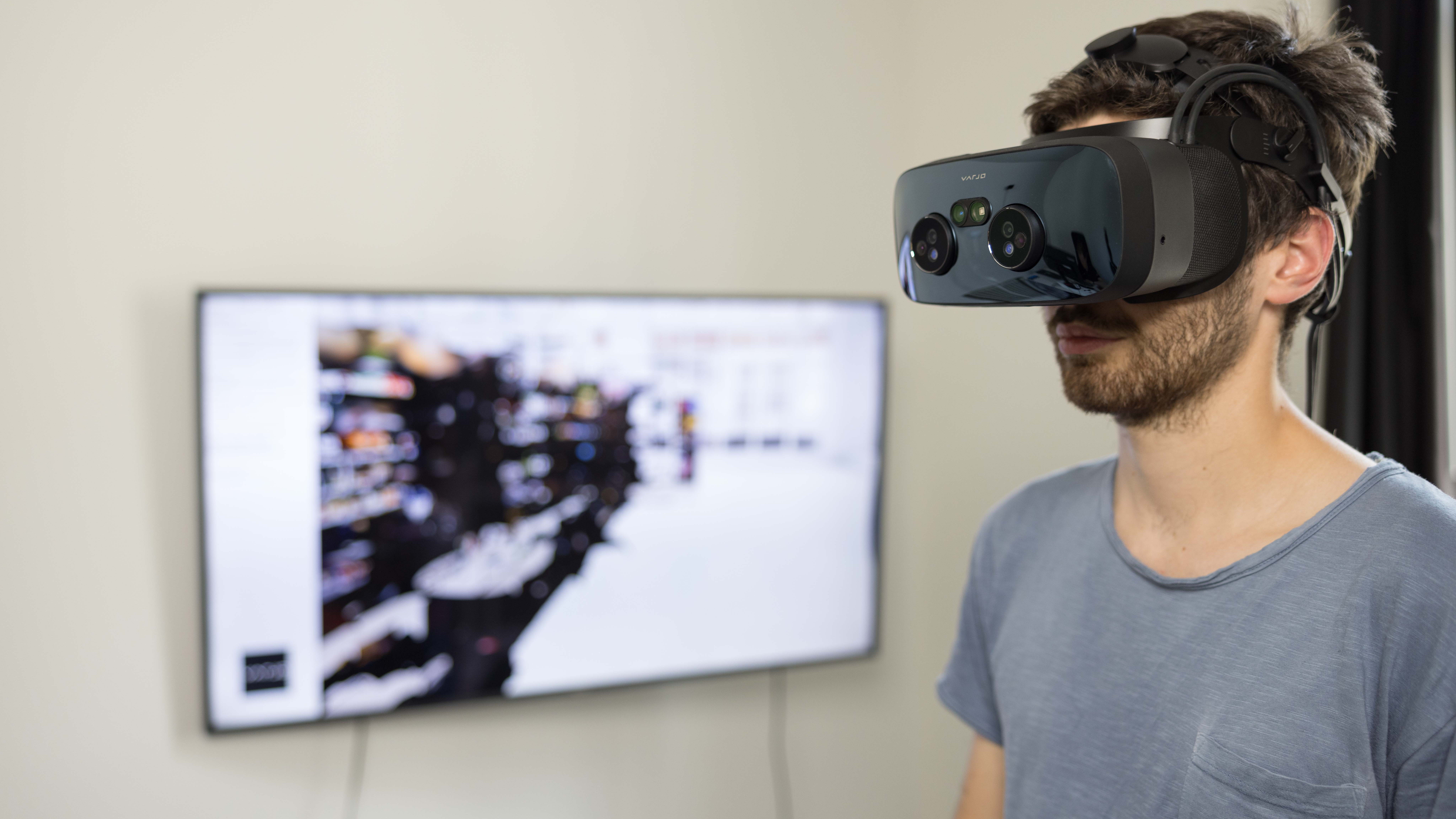
Virtual Reality (VR) enables behavior testing in any environment. Researchers can set up stimuli in VR/AR for testing those environments or learn from real-world stimuli too complex or expensive to test using other methods. Most of neurophysiological measurement techniques can be used in VR/AR environment.
Devices:
HTC Vive Pro
Varjo XR-3
Software:
iMotions (for the integration of neurophysiological measurement devices), Unity or native HTC/Varjo software for the VR/AR environment.

This is a room with sound-proof walls and ceiling, cameras with audio, and a one-sided mirror, ideal for conducting focus groups, interviews, studies regarding participant behavior, and analyzing team interactions.
Devices:
Two-sided mirror
Scene camera
Audio recording